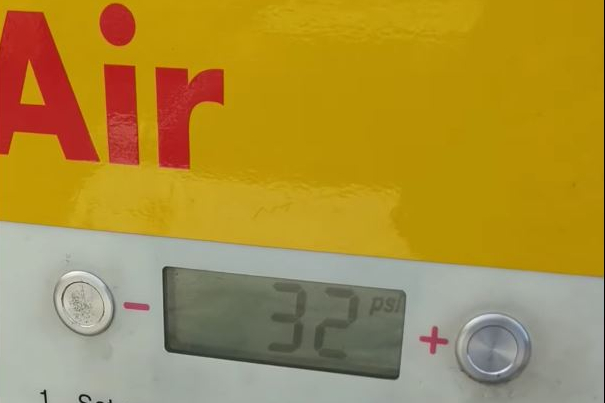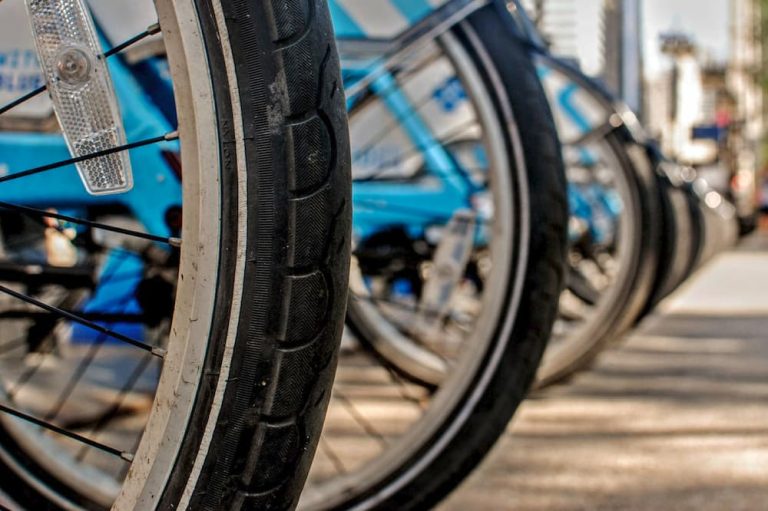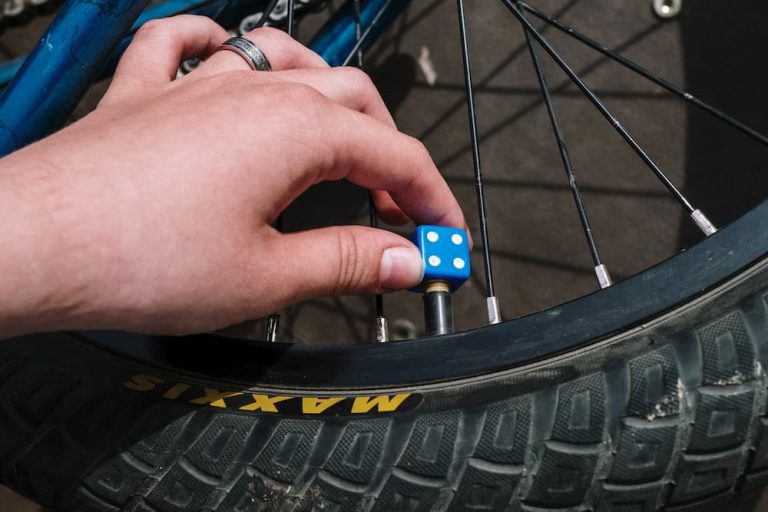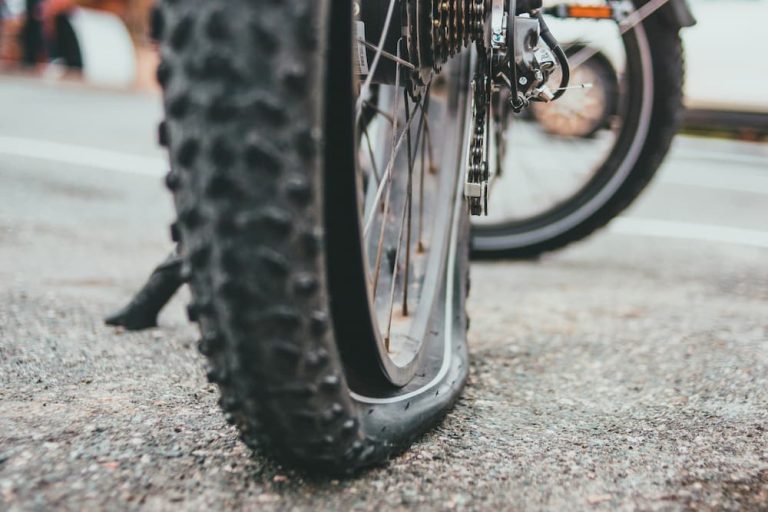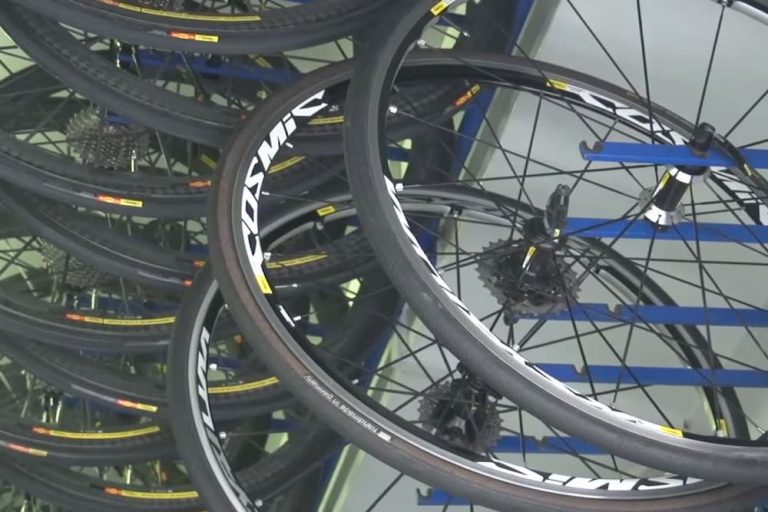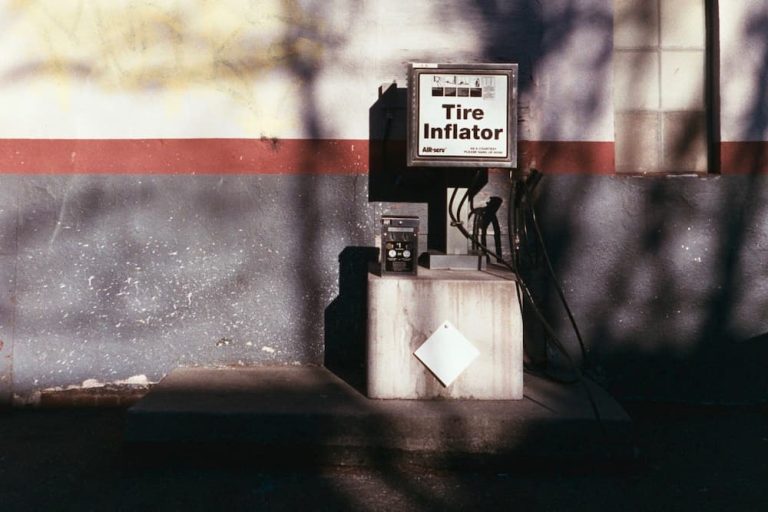Can You Inflate A Bike Tire With A Car Pump?
Cycling enthusiasts often find themselves in a pinch when their bike tires deflate, and there’s no standard bike pump in sight. It’s a familiar problem, leaving you stranded or delaying your ride due to a flat tire. Frustration mounts as you wonder how to get back on the road quickly.
This challenge becomes more aggravating when you realize that car tire pumps, though readily available, aren’t designed for bike tires. Questions arise about compatibility, the risk of overinflation, and potential damage to your bike’s tires. The situation can seem daunting, especially if you do no have a hand pump at hand and you’re far from a bike shop.
In this article, I delve into a practical solution: using a car tire pump to inflate bicycle tires. I’ll guide you through understanding valve types, pressure differences, and the necessary adapters. You’ll learn how to safely and effectively use a car pump, turning what seems like an impossible situation into a manageable one. My firsthand experiences and insights will help you navigate this process with confidence, ensuring you’re always prepared, no matter where your cycling adventures take you.
As an Amazon Associate, I earn from qualifying purchases made through links in this post at no extra cost to you.
Contents
Can I Use a Car Tire Pump on My Bike?
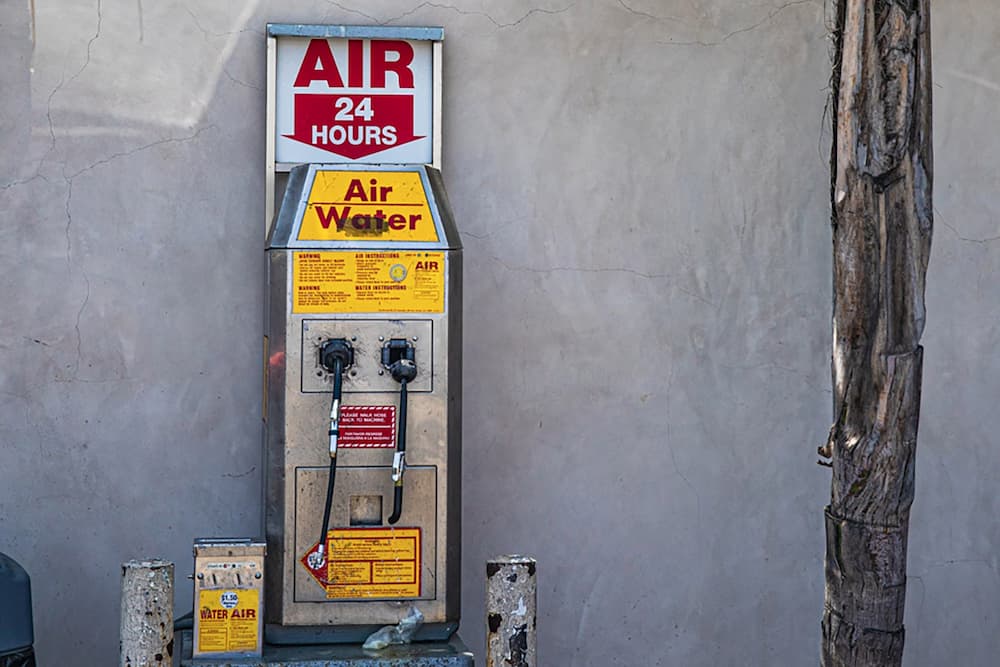
Yes, you can use the car pump on your bicycle. If you’re in a pinch and your tire needs to be inflated urgently, you can use a car tire pump on your bike. However, only some bike tire valves are compatible with car tire pumps, so getting a bike pump is better.
Related reading: How to Put Air in Bike Tires at Gas Station?
Should I Use a Car Tire Pump on My Bicycle?
Some things are better not to do. Just because you can do it doesn’t mean you should, and using a car tire pump to inflate a bike is one of them.
If your existing car tire pump doesn’t have a way to adjust the air pressure, you can easily over-inflate the tire, causing it to blow out. This will do you more harm than good. Therefore, you should use a car tire pump only when there’s no other option and choose a device with adjustable pressure.
What You Should Consider Before Using a Car Tire Pump on Your Bike?
Even though you can use a car tire pump on your bicycle if needed, you should consider a few things beforehand. These are just a few things you should consider because if you don’t, you may have a bigger problem than a flat bike tire.
Not All Car Tire Pumps Can Be Used for Bikes
First, you need to remember that not all tires can be inflated with car tire pumps. Only bicycles with certain types of valves can be pumped with a car compressor, and I’ll go into more detail about that in the instructions section.
Remember that attaching a car pump hose to the wrong type of valve can damage the valve, and it’s better to have a bike pump on hand if the tire isn’t compatible.
Car Tire Pumps Have Different Air Pressure
Another point to remember is that car tire pumps don’t always provide the same air pressure as bike pumps.
Often, car tire pumps have higher air pressure and power, which can be challenging to regulate without a pressure gauge. This is especially true if you want to pump up your bike at a gas station, where you can sometimes find air pumps without pressure regulation capabilities.
Using a pump without pressure regulation can be very dangerous because your tire can get too much air very quickly and even burst before you can react. Therefore, getting a bicycle pump or a car pump with a pressure gauge and regulator is best.
How Do You Use a Car Tire Pump for a Bike Correctly?
As I mentioned earlier, sometimes, you can use a car tire pump to inflate your bicycle tire. This is one of those things you may never need in your life or need only once in an emergency. But if you do need it, you’ll be glad you know how.
If you know how to use a car tire pump on your bike, that’s valuable knowledge. After all, it can save you from suddenly getting stuck in the middle of nowhere. But you can get into big trouble if you don’t know how to do it right.
And I bet you don’t want to walk around with a deflated or burst tire, so let’s look at how to inflate your tire correctly using a car tire pump.
Check The Valve
Remember when I said that only tires with certain types of valves can be inflated with a car tire pump? Well, it’s time to say more about that.
Three main bicycle valve types are the Schrader or American valve, the Presta or French/Sclaverand valve, and the Woods or English/Dunlop valve. But how do you recognize each valve?
Schrader valves are most commonly found on mountain bikes. Their main feature is that they have a shorter and thicker valve stem than other valves and are secured by rubber caps that slip over the opening. These valves are compatible with car pumps.
If your bicycle has a Presta valve, as is common on road bikes, you can find a way to use a car tire pump. Presta valves have long and narrow valves that are secured with caps and aren’t inherently compatible with car pumps. So you need to use an adapter that fits between the valve and the air nozzle, forming a seal that allows you to inflate the tire.
Finally, there’s the Dunlop valve. These are almost the same size as Schrader valves and have similar valve holes in the rims. The base of these valves is slightly wider than a Presta valve. Still, they can be inflated with Presta valve adapters.
For example, you can use the Brass Presta Valve Adapter from Bike Bits, considered one of the best valve adapters for Presta valves and used seamlessly with a Dunlop valve.
Check The PSI
Pound Per Square Inch (PSI) is the air pressure needed to keep a bicycle tire running smoothly. If you’re unsure about the PSI pressure measurement of your bicycle tire, look on the side of the tire where it touches the rim; the recommended cold inflation pressure is usually listed there.
To check the PSI of your tire, you should connect it to a pressure gauge so you don’t over-inflate. If you don’t have a pressure gauge, you can also inflate the tire slowly until it’s firm but still can be barely compressed. Measuring by hand won’t give accurate results, but it’ll give you a rough estimate.
And always remember that it’s better to slightly under-inflate the tire than to over-inflate it. Here’s a little chart that will give you a clear idea of how much pressure your bicycle tire should have.
| Bike Tire Type | PSI Range |
| Kid’s Bike Tires | 20-40 PSI |
| Road Bike Tires | 80-130 PSI |
| Hybrid Bike Tires | 50-70 PSI |
| Mountain Bike Tires | 30-50 PSI |
Adjust The Pump’s Air Pressure
Use a car tire pump with adjustable air pressure unless there’s no other option because it’s straightforward to inflate too much air and blow your tire. Adjusting the pressure makes your life easier because you don’t have to worry about blowing the tire.
However, if you can’t find an adjustable pump and are in a pinch, you should inflate the tire gradually and slightly underinflate to be safe. Also, get a pressure gauge and monitor the pressure to make sure you stay within the recommended range PSI.
Inflating the Bicycle Tire with the Car Pump
If you have a Schrader valve, follow these steps to inflate the tire:
- Remove the rubber cap that closes the opening.
- Attach the nozzle of the car pump to the opening of the valve.
- Slowly inflate the tire, keeping an eye on the pressure.
- Once the tire is inflated, the pump and valve cap are replaced.
If you have a Presta valve, follow these steps to inflate the tire:
- Remove the rubber cap.
- Unscrew the nut and attach the adapter to the valve.
- Connect the nozzle of the pump to the adapter.
- Slowly inflate the tire and monitor the pressure.
- Take off the pump and the adapter, screw the nut tight, and put the hubcap back on.
Related reading: How to inflate a bike tire without a pump?
Frequently Asked Questions
Can I damage my bike tire by using a car tire pump?
Yes, there is a risk of damaging your bike tire if the car tire pump is used incorrectly. Bike tires typically require lower pressure than car tires, and car pumps can deliver air much more quickly. To avoid damage, always check your tire’s pressure rating and monitor the inflation process carefully. Using a pressure gauge is advisable to prevent overinflation.
Do I need any special adapter to connect a car pump to my bike tire?
It depends on the valve type of your bike tire. Car tire pumps are usually equipped with Schrader valves, commonly found on car wheels. If your bike uses Presta valves, you’ll need a Presta to Schrader adapter. These adapters are inexpensive and easy to use, allowing the car pump to fit securely onto your bike tire valve.
How do I know when my bike tire is adequately inflated using a car pump?
The best way to ensure your bike tire is adequately inflated is to use a pressure gauge. Most tires have a recommended pressure range printed on the side. If you’re using a car pump without a built-in gauge, it’s wise to use a separate air pressure gauge to check the pressure during inflation. Inflate the tire slowly, checking the pressure periodically to avoid overinflation.
Conclusion
As we’ve explored the nuances of using a car tire pump for bike tires, I am sure you’ve found useful insights and practical advice. My journey through this topic has revealed a blend of challenges, such as pressure differences and nozzle compatibility, and solutions like using the right adapter and understanding pressure gauges.
It’s clear that while a car pump isn’t the traditional choice for bike tires, it can be a viable option when used correctly, especially in situations where you might not have access to a standard bike pump.
Through this article, I’ve shared my experiences and the lessons I’ve learned. The key is to understand the compatibility of valves, the importance of pressure specifications, and the need for adapters in some cases. These elements are crucial for a successful and safe tire inflation, helping to prevent damage to your bike tires and ensuring they are inflated to the ideal pressure for a smooth and efficient ride.
Inflating a bicycle tire with a car pump might seem unconventional, but it’s a testament to the adaptability and resourcefulness cyclists often need. Whether you’re on a road trip or dealing with an emergency at home, knowing how to use what’s available can make all the difference.

